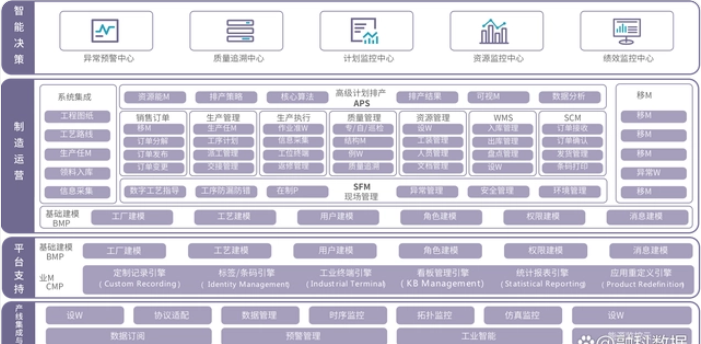Clothing processing ERP
Title: A Sharp Tool to Improve the Efficiency of Clothing Processing Enterprises - Clothing Processing ERP Introduction: With the rapid development of the fashion industry, clothing processing enterprises are facing increasingly fierce competitive pressure.

Introduction:
In order to improve production efficiency, reduce costs, and provide better customer service, many enterprises are beginning to introduce Clothing Processing ERP systems. This article will provide a detailed overview of the definition, functions, and advantages of Clothing Processing ERP, exploring its positive impact on business development.
I. What is Clothing Processing ERP?
Clothing Processing ERP is a specialized management software designed for clothing processing enterprises. It integrates multiple modules such as enterprise resource management, supply chain management, and sales management to facilitate informationized management.
II. Functions of Clothing Processing ERP:
-
Order Management: Clothing Processing ERP helps unify the management of orders, including order reception, order tracking, and order allocation. Real-time monitoring of order status enables timely adjustments to production plans, thereby enhancing production efficiency.
-
Production Planning Management: Clothing Processing ERP can generate rational production plans based on order information and allocate them to respective production lines. Through automated production planning management, enterprises can optimize the production process, reducing waste and errors.
-
Material Procurement Management: The system aids in end-to-end management of material procurement, covering supplier selection, procurement contract signing, and purchase order management. By optimizing supply chain management, enterprises can reduce procurement costs and enhance material supply stability.
-
Inventory Management: Real-time monitoring of inventory, including raw material inventory, semi-finished product inventory, and finished product inventory, helps reduce inventory backlog and enhance capital utilization efficiency.
-
Quality Management: Clothing Processing ERP assists in establishing a quality management system, including quality inspection plan formulation, real-time monitoring of inspection processes, and statistical analysis of inspection results. Quality management contributes to improved product quality and increased customer satisfaction.
III. Advantages of Clothing Processing ERP:
-
Improved Production Efficiency: By optimizing production plans and automating production processes, Clothing Processing ERP significantly enhances production efficiency. Enterprises can better grasp order situations, make timely adjustments to production plans, and avoid production delays and other issues.
-
Cost Reduction: Clothing Processing ERP helps optimize supply chain management, thereby reducing material procurement costs. Additionally, by minimizing inventory backlog and lowering the occurrence of quality issues, operational costs for enterprises can be reduced.
-
Enhanced Customer Service: Clothing Processing ERP facilitates order tracking, material traceability, and other functions, providing superior customer service. Enterprises can respond promptly to customer needs, offer accurate delivery times, and increase customer satisfaction.
-
Decision Support: Clothing Processing ERP provides real-time data analysis and reporting features, aiding management in decision-making.






